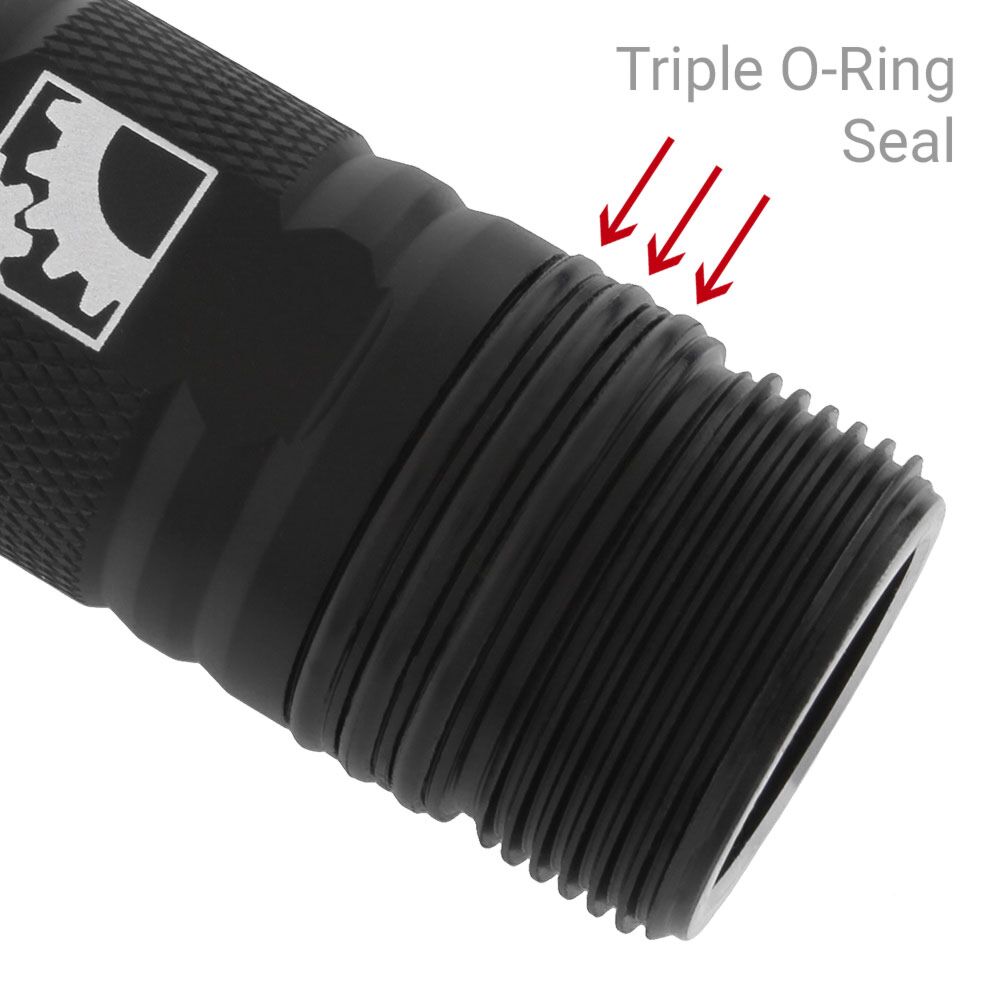If you want an inexpensive light that works extremely well as a DIR-compliant cordless light, the
XTAR D26 1600S has an extremely tight beam, runs off 21700 rechargeable cells, and mounts easily to a Goodman handle. The whole setup (
light,
handle, 2 x 21700 batteries,
excellent-quality charger, and
bolts for attaching to the handle can be had for ~$120 USD, price fluctuations depending.
If you can find someone with a 3D printer, you can also print the top half of the handle you see below (and attach it to the Aliexpress handle I linked) to get yourself a nice thumb loop and a guard for the power button (which otherwise likes to be inadvertendly pressed).
Picture of the light beam in use last night also attached. It's an absurdly tight beam, with a brighter spot than anything I've seen except a Focus 2.0. A couple of people locally have used the D26 1600S for Fundies, and I use mine more often than my canister light for rec and T1 dives.




